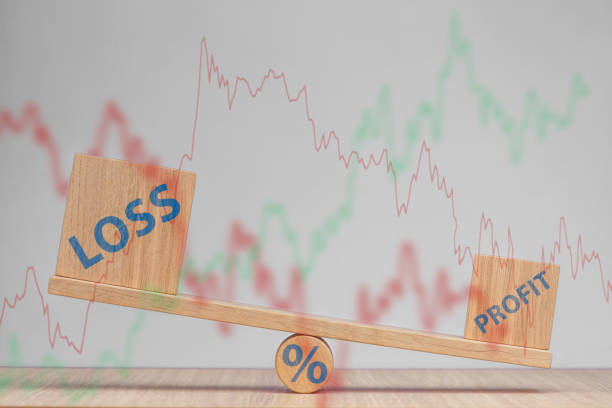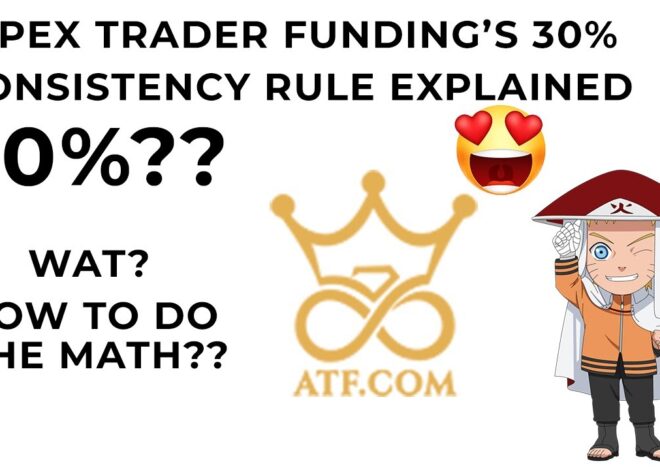
Understanding Drawdown in Prop Trading Firms: Risks and Management
In the realm of proprietary trading, managing Drawdown in Prop Trading limitations is a crucial aspect of risk assessment and mitigation. This guide explores the significance of drawdown limits, their implications for traders, and strategies for effective management to ensure a profitable trading environment.
Table of Contents
What is Maximum Drawdown in Prop Trading?
Maximum Drawdown (MDD) is a key metric utilized in the prop trading industry to evaluate trading strategies’ risk exposure. It represents the largest loss incurred from a peak to a trough within a specified period. By assessing the peak value of a trading account against its subsequent lowest value, expressed as a percentage, MDD provides insights into the extent of potential losses. Managing MDD involves strategies like setting personal drawdown limits and adhering to structured trading plans to mitigate risk effectively.
What is Daily Drawdown?
Daily Drawdown in Prop Trading measures the most significant decline in a trader’s account value within a single trading day, from the highest to the lowest point before reaching a new high. Unlike MDD, which spans across longer periods, daily drawdown focuses specifically on daily fluctuations in account value, offering insights into short-term trading performance.
Understanding the Role of Drawdown Limits
Drawdown limits play a pivotal role in evaluating the risk associated with trading strategies. By measuring the maximum loss from a peak to a trough during a specified period, drawdown limits enable firms and traders to assess historical and potential future risks. This facilitates informed decision-making regarding risk management, capital allocation, and overall strategy sustainability, ensuring the financial health of both traders and the firm.
Consequences for Traders Exceeding Drawdown Limits
Exceeding drawdown limits can have significant consequences for traders and prop firms alike. Drawdown limits act as a financial buffer, setting a ceiling on permissible losses to safeguard capital and mitigate excessive risks. When traders surpass these limits, repercussions may include temporary trading suspension, reduction in trading capital, or even contract termination. These measures are in place to preserve the firm’s financial stability and uphold risk management standards.
Calculating Daily & Maximum Drawdown
Maximum Drawdown (MDD) is calculated by determining the peak value of a trading account and identifying its lowest subsequent value, expressed as a percentage using the formula:
MDD = ((Peak Value – Trough Value) / Peak Value) * 100%
Similar calculations apply to daily drawdown, providing a percentage representation of the most substantial loss over a defined period. This aids in evaluating the risk level of trading strategies and ensuring compliance with risk management policies.
Types of Drawdown Limits
Drawdown limits come in various forms, each tailored to suit different trading scenarios and risk preferences:
- Static Drawdown Limits: Predetermined thresholds set by the organization to limit major losses.
- Dynamic Drawdown Limits: Evolving thresholds based on market conditions or trading outcomes, offering adaptability.
- Trailing Drawdown Limits: Adjusting limits in line with fresh earnings to protect new gains from future declines.
- Individualized Drawdown Limits: Tailored limits based on trader-specific factors such as risk appetite and historical performance.
- Tiered Drawdown Limits: Distinct thresholds at different stages of the trading journey, commonly used in evaluation programs.
Diverse Drawdown Policies
Prop firms deploy varied drawdown policies shaped by their risk tolerance and trading strategies. Some enforce strict MDD limits to maintain a low-risk profile, while others offer more lenient policies to attract traders with higher risk appetites. Traders should analyze and compare these policies across firms to align with their trading approach and risk management strategy effectively.
Implications of Exceeding Drawdown Limits
Exceeding drawdown limits within a prop firm can lead to temporary trading suspension, capital reduction, or contract termination. Adhering to risk management guidelines is essential to foster a mutually beneficial trading environment and preserve financial security and trust between traders and the firm.
Measures to Prevent Reaching Maximum Drawdown
To manage or prevent breaching maximum drawdown, traders can implement several strategies:
- Establish Personal Drawdown Boundaries: Define personal loss boundaries conservatively.
- Implement Stop-Loss Orders: Use stop-loss orders to limit losses on trades.
- Diversify Trading Strategies: Spread risk across various assets or tactics.
- Enhance Risk Management Knowledge: Continuously improve risk management skills through learning and training.
- Maintain Oversight and Analysis: Regularly monitor and analyze trading performance to make necessary adjustments.
- Commit to a Comprehensive Trading Plan: Follow a trading plan that outlines risk management regulations and trading norms.
Summary
In conclusion, understanding drawdown limitations is essential for successful prop trading. It not only measures the extent of potential losses but also dictates risk management strategies and trading privileges. By adhering to drawdown limits, implementing preventive measures, and continually improving risk management skills, traders can navigate the challenges of prop trading while safeguarding financial well-being and fostering mutually beneficial relationships with prop firms.

